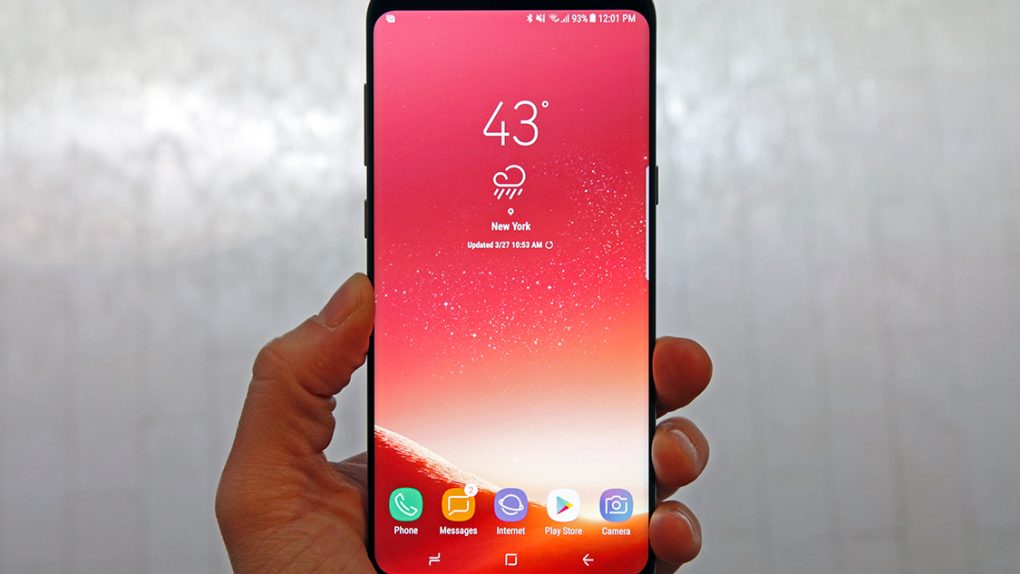Samsung has clearly turned a corner with the Galaxy S8 and Galaxy S8+ in 2017. Just a few short years ago, the company was selling flagship phones made out of thin plastic that felt flimsy and cheap, that changed beginning with the all glass and metal Galaxy S5 in 2014, and Samsung has continued to refine its design since then. All that progress culminated with the Galaxy S8 and Galaxy S8+, which were unveiled late last month and are set to be released in less than two weeks.
How impressive is Samsung’s new Galaxy S8 design? So impressive that all hardcore Apple fans can do is complain about misaligned USB-C ports and speaker holes, since alignment is apparently far more important than squeezing as much as possible into a compact housing. Of course, everyone (including me) expects Apple to quickly take back the design crown when it releases the iPhone 8 later this year. As we’re now seeing, however, is that simply might not be the case.
As an iPhone user for what will soon be 10 years, I can happily say that Samsung’s new Galaxy S8 and Galaxy S8+ are far more stunning than any iPhone that has existed so far. I’m not sure why other iPhone users have so much trouble acknowledging that. As I stated in no uncertain terms after spending some time with the S8 and S8+ ahead of Samsung’s announcement, the company has clearly out-designed Apple.
Samsung has created two smartphones with big, beautiful screens that are both far more comfortable to use than any comparable models from the company’s rivals. The shrunken bezels surrounding Samsung’s “Infinity Display” coupled with the curved sides on the front and back are practically perfect considering current technological limitations. And needless to say, Samsung’s newest Super AMOLED screens are simply stunning.
Now, here’s where things get interesting. Apple has used the same iPhone design for three straight years now, but that comes to an end in 2017. The next-gen flagship iPhone 8 is supposed to feature an entirely new design with an OLED display, no home button, much smaller bezels around the screen, and a glass back. According to new rumors, however, Apple might not have found a way to go quite as far as Samsung did with its new design.
https://twitter.com/VenyaGeskin1/status/851706591694991360
The dimensions noted above have been floating around Weibo and a few other forums lately, and they suggest that Apple’s tenth-anniversary iPhone will be a big step forward compared to Apple’s current iPhones. It will seemingly be sized in between the 4.7-inch model and the 5.5-inch iPhone 7s Plus, and yet it will feature a screen that’s larger than both of those phones. And yet… Samsung has managed to fit the same sized screen into a smaller device — the Galaxy S8 measures 148.9mm tall by 68.1mm wide.
If these new rumors pan out, Apple will not have managed to top Samsung when it comes to the next iPhone’s screen-to-body ratio, which is quickly becoming the new smartphone screen battleground now that resolution and pixel density are old news. It might seem innocuous — and Apple might have more new tech to pack into the iPhone 8, like an in-display fingerprint scanner — but it’s certainly an interesting shift in the industry.
Also of note, the Galaxy Note 8 set to debut later this year is rumors to have an even more impressive screen-to-body ratio than the 83% achieved by the Galaxy S8 and Galaxy S8+.








